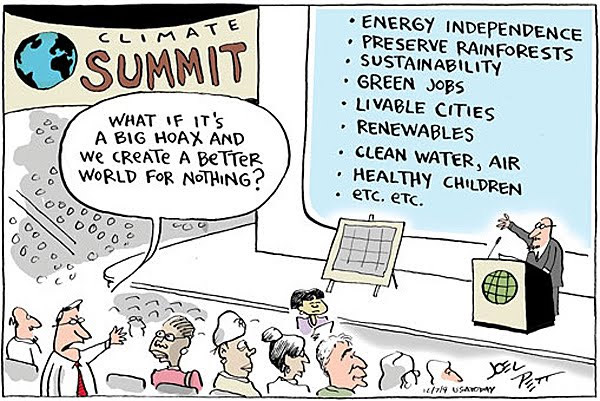By Guy Dauncey –
Let me be blunt: the terrible forest fires we experienced this summer have the footprint of climate change all over them. It’s just as the climate models predicted: less winter snowfall, more summer drought, more summer heat, more forest fires.

The dead pine trees that provided so much fuel for the fires are also climate victims: the pine beetle used to be killed off by winter temperatures of -40 degrees Celsius. The dead trees also reduce forest evaporation, increasing the forest air temperature by 1 degree C.
So, what’s to be done? I have been absorbed in the climate crisis for 20 years, and I know how bad things will be if we don’t get a handle on it. I don’t believe in the optimism/pessimism thing, however.
If you are watching the Canucks play, you can be optimistic or pessimistic, since apart from shouting you have no power to affect the outcome. But if you are a player, even if you are 3-0 down in the third period, you are either determined or defeated, and if you are defeated, the coach won’t want to give you ice time.
To be determined, you need four things:
First, you need to know what needs to be done. What can people, businesses, colleges, schools, and municipalities in communities such as Williams Lake, Vernon, or Cranbrook do to make a rapid transition to a zero-carbon, climate friendly future? What does the province need to do? What does Canada need to do? And what does the world need to do?
Second, you need to be determined to do whatever you can. That’s a personal commitment. But life is more fun when you do things together, so third, you need friends who will work with you in an initiative or non-profit society, which can have a presence and build a reputation.
And fourthly – sigh – you’ll need to know enough about the climate denial arguments to not be intimidated by deniers, who believe they know better than the world’s top climate scientists.
The solutions are quite straightforward. First, since the use of fossil fuels is 70 per cent of the problem, we need to make a rapid transition to 100 per cent renewable energy for our electricity, transportation, buildings, and industrial needs. Secondly, since eating meat is 15 per cent of the problem, we need to eat less meat and adopt a more vegetarian diet. Thirdly, since the loss of forests is 15 per cent of the problem, we need to do whatever we can to plant more trees and minimize their loss through forest fires.
And fourthly, since we need to suck all that surplus carbon back out of the atmosphere, we need to maximize organic farming, sustainable holistic ranchland management, and ecosystem-based forest management, since all three methods store more carbon in the soil (and the trees).
Reduce the world’s population? Yes, that’s important too, but it’s not an issue in Canada, where we breed below the replacement rate. Globally, it means providing education opportunities for women and girls, and spreading the use of free contraception, usually in the face of cultural resistance.
So, what about locally? This is where most people get engaged, because it’s more immediate, and more personal.
In Victoria, the BC Sustainable Energy Association chapter decided to make 100 per cent renewable energy its goal, and it has been instrumental in persuading Victoria and Saanich councils to adopt that same goal, focusing on ways to increase walking, cycling, public transit, and electric vehicles, and to help businesses and residents retrofit their buildings so they are much more efficient and can be heated with a heat pump instead of oil or gas. Vancouver has committed to the same goal.
It’s easy to dismiss the 100 per cent renewable energy goal, since people in rural communities usually drive longer distances than they do in cities, and some people believe a heat pump can’t handle a really cold winter—which isn’t true. If you install them right, the latest generation of heat pumps can keep a home warm when it’s -20°C outside.
The point about adopting the 100 per cent renewable energy goal is that we don’t need to know all the answers today.
In 1962, when President Kennedy made the commitment to get a man to the moon and back by the end of the decade, no one at NASA knew how to do it, or what it would cost. They had the passion and the inspiration to make it happen, however, and that’s what mattered.
By 2020-2025, a new electric vehicle with a range of 400 km will cost the same or less than a conventional car, and there will be electric pick-ups on the market. Electric buses are already on the market for no long-term cost difference, and by 2020 the truck company Cummins will be offering an electric tractor cab capable of pulling a 22-tonne trainer with a 160 km range and an on-board generator that can extend the range to 480 km.
For parts of the world that still burn coal and gas for electricity, the price of wind energy is falling so rapidly it is now the cheapest form of new power, and solar is also steadily falling in price. By 2050, Germany’s Fraunhofer Institute has forecast that it will cost just 2 cents/kwh, in contrast to the 30 cents/kwh most people in Canada will be paying by then for utility power.
If this inspires you to get together with friends and form a local chapter of the BC Sustainable Energy Association, call the head office at (604) 332-0025, and have a chat.
Guy Dauncey is author of the novel Journey to the Future: A Better World Is Possible. www.journeytothefuture.ca. He lives near Ladysmith, on Vancouver Island.

